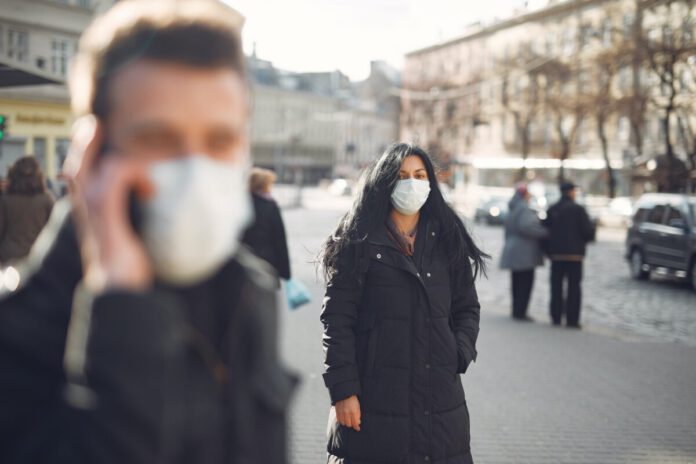While the RIVM has started to record a slight decline in coronavirus cases across the Netherlands, numbers still remain too high in certain regions. There are four regions in particular where case numbers are worrying.
The worrying regions continue to record over 500 new cases per 100,000 people each day. Such regions include Rotterdam-Rijnmond (579), South Holland-South (588), Twente (528) and Central and West Brabant (511), RTL Nieuws reports.
There are also three further regions where the number of infections falls dangerously close to the 500 cases per 100,000 people mark. These consist of Hollands-Midden (413), Brabant-Noord (404) and Brabant-Zuidoost (430).
In order to lower the number of infections in these regions, the cabinet is considering implementing extra regional measures. These would include: closing secondary education institutions, imposing a curfew and curbing the retail trade in some way.
Big differences
The number of cases in other parts of the Netherlands, such as the north, have been experiencing a decline in numbers for some time now. The fear is that these dangerous regions will equate this drop in numbers as equally spread throughout the Netherlands.
Speaking to the Lower House yesterday, Joep van Dissel of the RIVM has said that regions with too many infections remain vulnerable because if a “feeling of relaxation” begins in these areas, coronavirus numbers will quickly spike again.
The issue with regional restrictions
However, there are also reasons why the imposition of extra measures may cause more harm than good. For example, Van Dissel warns of the “waterbed effect.”
The “waterbed effect” refers to the worry that if strict regional measures are implemented in certain areas where coronavirus cases are too high, people will simply move out of these regions into areas where numbers are at a safer level.
Overall, this may cause the further spread of coronavirus cases whilst also making it appear that high-risk regions are no longer a danger.
For the cabinet to decide.
When speaking to RTL Nieuws, Van Dissel did not want to say whether or not regional measures should be introduced. He noted that it may come across as “confusing” for people and said the decision falls to the cabinet.
What do you think of regional measures? Let us know in the comments below!
Feature Image: Gustavo Fring/Pexels
